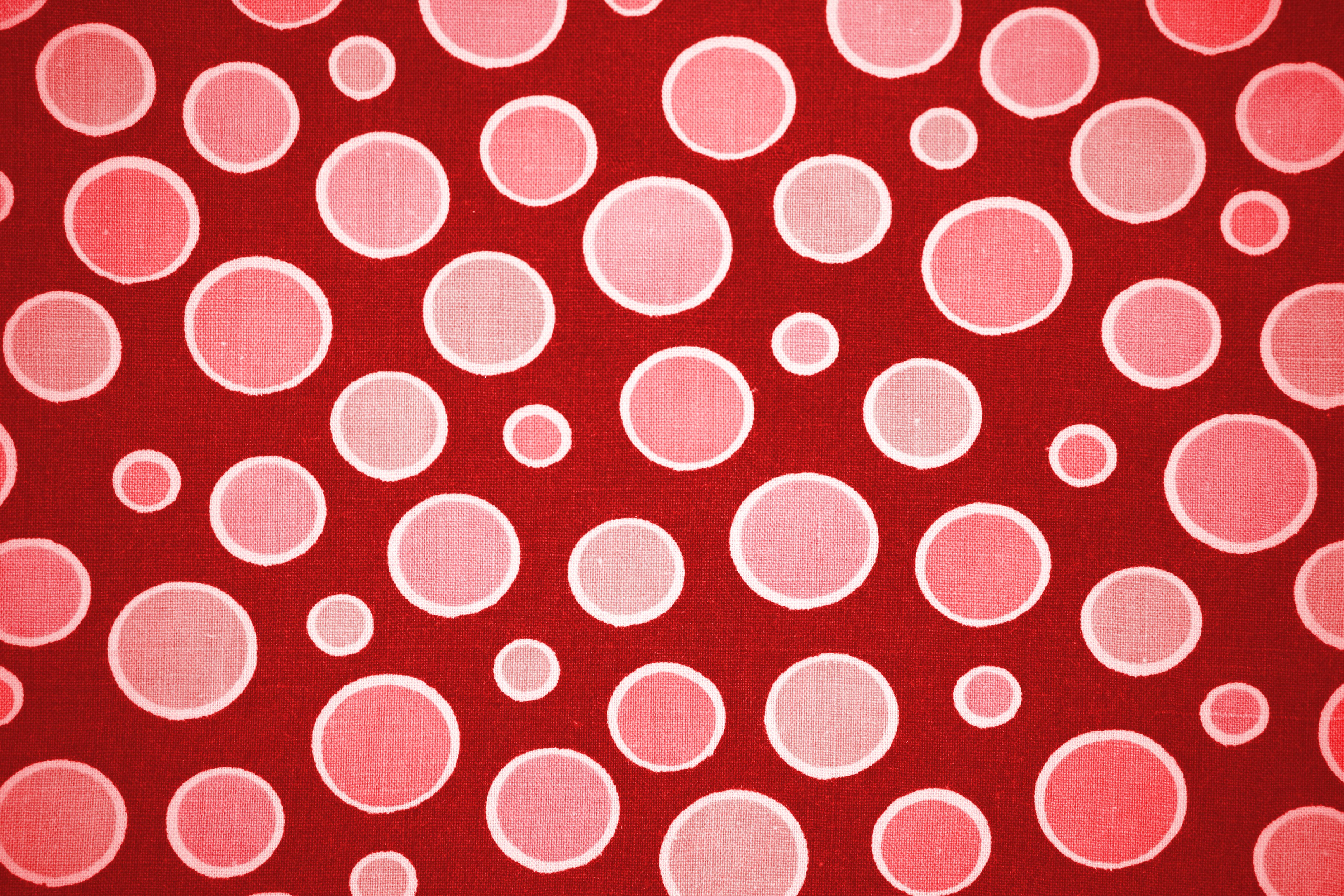

An application can parse this data and re-create the scene the Kinect is viewing. The sensor then uses the size and spacing between the dots to create a 320 × 240 pixel map that captures the depth data. Kinect projects a pattern of dots from the IR Emitter (see Figure 1). Kinect uses a different technique that provides the same kind of data but at a greatly reduced price. Many devices use this technique, and they are expensive. The time is then interpolated into the distance that the light traveled. The basic idea of the time-of-flight technique is that a beam of light is released and the time between when the light leaves the sensor, bounces off an object and returns to the sensor is measured. Depth sensors in other devices typically use a technique called “time of flight” to get depth data. So, what is the depth sensor? Kinect has an infrared sensor and an infrared light source. What is needed is the ability to see the room and understand it from a three-dimensional perspective.

For example, what if the sensor is in a room and the application wants to track a ball or some other inanimate object? The skeleton tracker can’t provide a solution for inanimate objects. At times, however, the application needs information about the surroundings that is independent of a user. The skeleton tracker is a great way to capture a user’s movement and actions. In the first article in this series, I demonstrated the skeleton-tracking capability of Kinect.

This approach is more advanced than that in my previous articles. I also show you a more robust way of starting and using the Kinect in an application, a way that lets you tailor the Kinect to fit your specific needs. Through the depth sensor, an application can see the surroundings through three-dimensional “eyes.” In this article, I explain the basics of setting up and using the depth sensor.

After you’ve worked with Kinect for a while, however, you realize that the most significant capability that Kinect offers is the depth sensor. At first glance, skeleton tracking seems to be the main value the developer gets from Kinect. In previous articles I’ve written about Kinect, I demonstrated how to create an application that uses the skeleton data from a Kinect for Windows sensor and how to test the application with Kinect Studio. Volume 27 Number 11 Kinect - 3D Sight with Kinect


 0 kommentar(er)
0 kommentar(er)
